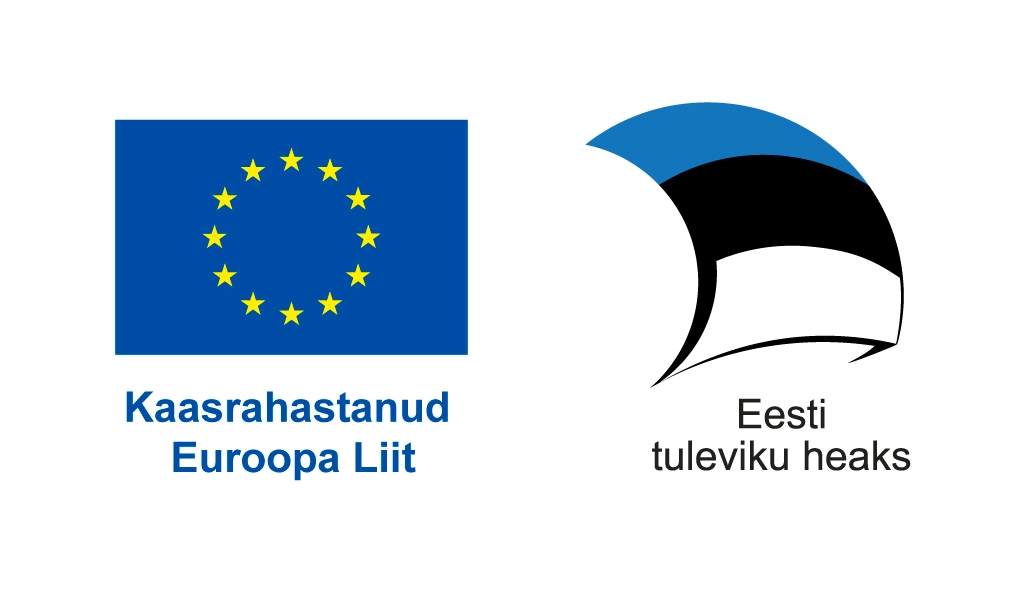Mihkel Mandre, founder of Lyfery: Life insurance solutions are necessary and important to a large part of society. They provide financial security for loved ones as well as coverage for loan obligations. However, most of the approximately 150,000 life insurance policyholders, which is nearly 25% of the working-age population in Estonia, face a significant problem today: More than 80% of the money clients pay goes to cover the costs and profits of banks and insurance companies, with only a small portion directed towards insurance benefits. In large Western European countries, this ratio is about two or even more times better. Until now, there have been no good alternatives in Estonia – existing solutions are too expensive, standardized, and do not take into account the positive effects and possibilities of healthy behavior. The problem is similar in many CEE countries. This situation requires significant and thorough change, and Lyfery is making it happen.
17-Year Retrospective: Customers have paid a total of 337 million euros in life insurance premiums, of which 283 million euros (84.1%) went towards costs and profit margins, and only 53 million euros (15.9%) went towards benefits.
Statistics from the Estonian Statistics Office regarding life insurance and additional insurances (excluding pensions and various savings products) over a long period provide a picture that speaks more than a thousand words. The problem stems from limited competition, excessive concentration of the life insurance market around larger banks, the small size of the market, the complexity of the field, and high entry barriers.
It is convenient to manage all financial matters in one place at your home bank, but it is expensive. This is profitable for the banks but unfair to the customers.
If we look at the results of life insurance market participants from 2008 to 2024, a picture emerges where the interests of the banks and their life insurance policyholders are not balanced.
Lyfery’s competitive advantage in life insurance comes from cost efficiency and considering health behaviors. The monthly fee for Lyfery consists of the following components:
There is a profit-sharing agreement between Lyfery and Compensa, which allows nearly half of the profits from insurance risks to be redirected back to clients through reduced payments. We are the first to link the positive impact of healthy behavior to product pricing, being more honest and fair to those who invest in their health. We operate efficiently and believe that no one should overpay for a basic life insurance product.
In collaboration with top scientists and health technology companies, we aim to offer the latest services, such as predicting blood pressure from facial video using artificial intelligence, integrating with smartwatches, and disease prevention. We care about your health and want to support it even before symptoms appear, to delay them as long as possible.
Price Comparison Calculator
We have created a life insurance premium comparison calculator that allows you to calculate the price difference and compare your payments with those of major market participants. Often, the focus is on short-term costs, meaning only the monthly payment is compared, but we recommend looking at payments over a long period. Life insurance contracts are usually long-term, and the results can surprise many. Especially now, when the cost of living is rising, people should be able to keep those thousands of euros for themselves and their loved ones. Compare Lyfery with major bank insurers.
Why did Tõnu Pekk, the founder and fund manager of Tuleva, decide to take out a life insurance policy with Lyfery? – “Why pay more?”
“I chose life insurance through Lyfery because it was half the price of the life insurance offered by banks. I believe that as long as your financial assets have not yet accumulated enough to cover obligations and living expenses, and you have family members who depend on your income, it is worth considering the worst-case scenario and getting life insurance.
I have thoroughly searched for insurance offers that are even remotely close to what people my age can get, for example, in Finland or the UK. Unfortunately, all the insurance available in Estonia so far has been two or even three times more expensive. Lyfery is genuinely breaking the current market situation by offering me insurance coverage at half the price, which is as good as the offer from an insurance company owned by a bank. I have no reason to pay double.”
Why did Compensa Life Insurance decide to invest in modernizing the industry?
Merko Kimsto, Head of Compensa Life Insurance Estonia Unit: “Like the founders of Lyfery, we see that life insurance needs to become more modern and customer-friendly, and we at Compensa are also working towards this goal. We saw an opportunity in collaborating with Lyfery to contribute to a future where people with good health behaviors are rewarded and society is more inclined to think about a healthy lifestyle.”

Lyfery pakub sulle personaalset ja sinu tervisekäitumisest sõltuvat elukindlustuse lahendust. Skandinaavia pangad seda endale lubada ei saa.

The project “Technological development, testing, and demonstration of components of a healthy lifestyle scoring model” has received €34,580 in development grant support.
As part of the project, a model was developed to assess healthy lifestyle habits, enabling the cost-effective offering of life insurance that supports healthier living. The goal is to create a scalable, health-promoting product that can be expanded across Europe.
As a result of the project, the Lyfery app now measures lifestyle-related mortality risk on an individual customer basis.